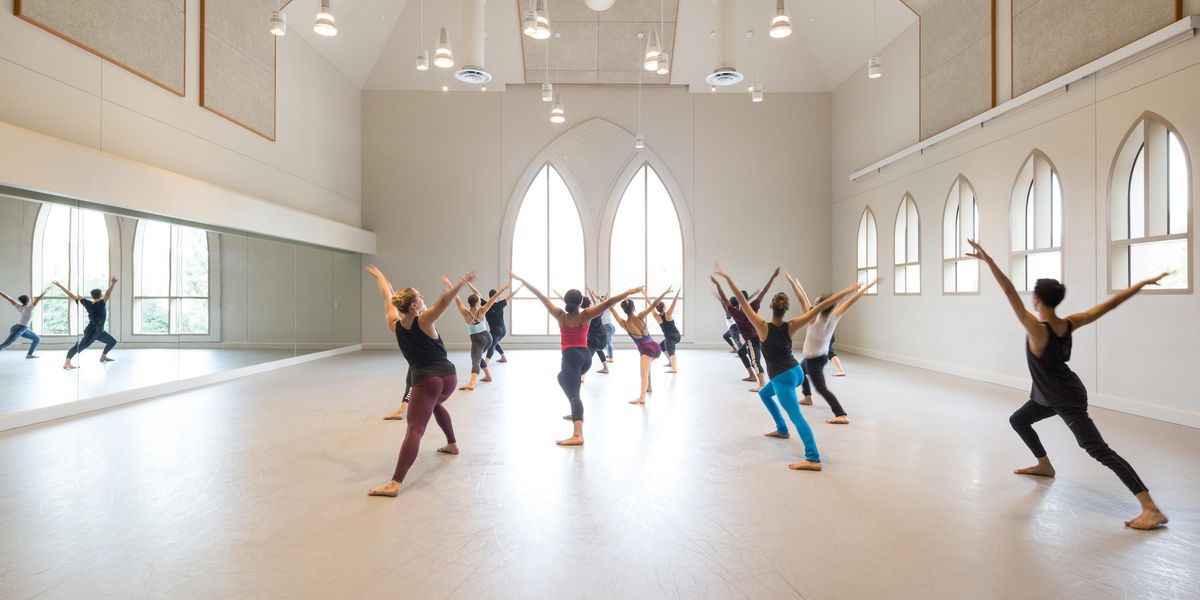On Broadway: Slippers and Twirls
Cinderella brings romance back to Broadway
Laura Osnes and Santino Fontana. Photo by Jerry Anderson, Broadway.com.
It happens all the time at the ballet and in the movies: Boy and girl meet, boy and girl dance, boy and girl fall madly in love. On Broadway, however, it’s been a while since audiences watched romance blossom on a dance floor. But the long drought is over at last. This season, at the Broadway Theatre, Cinderella (in the person of Laura Osnes) and her Prince (Santino Fontana) fall hopelessly, helplessly in love as they whirl through a crowded ballroom singing “We are dancing, we are flying.”
It’s the freshly branded Rodgers + Hammerstein’s Cinderella, the 1957 made-for-television musical that has finally been brought to the stage, with a new book that has some new twists by Douglas Carter Beane and direction by Mark Brokaw. And the lucky choreographer assigned to design that number for Cinderella (or Ella, as she prefers to be called) and Prince Topher (short for Christopher) is Josh Rhodes, who calls the opportunity to choreograph a ball “a dream come true.”
His first instinct was to base the dance moves on competition waltzing. But he quickly came to the conclusion that something softer and more romantic was needed. “So I went back and watched a lot of classical corps de ballet,” he says. “To me this is the most romantic thing. Watch two people in ballet, when they’re just ravishing, and they grab each other in lifts, and the arms are willowy and wispy—that is love. I’m a sucker for stunning ballet lines. It’s fun to make the girls look like they’re just floating across the room while the man is lifting them.”
The ball is the show’s pivotal scene. But Rhodes, making his Broadway debut as a choreographer, has other opportunities to show what he can do—including several that didn’t exist in the original television version. In the course of amplifying and updating the book, Beane has added characters and interpolated several discarded Rodgers and Hammerstein songs. One of the new characters, a political-minded villager named Jean Michel, provides a love interest for the more sympathetic of Cinderella’s stepsisters, and the couple does a comic duet that has their attempts at flirtation sabotaged by their physical awkwardness.
Once he figured out the dramatic content of the number, the actual choreography, with its loopy collisions and missed connections, was easy. “I’m a vaudevillian at heart,” Rhodes says. “It’s all about figuring out the comedic beats. They’re trying so hard to be this gorgeous, romantic couple, and there’s just nothing about them that’s going to make it happen. Not everybody is a natural Cinderella.”
And not everybody is a natural dancer. Unlike so many kids who land in dance class because their moms pick up on their kinetic ability, Rhodes started his training as a 10-year-old, in Decatur, Illinois, when his mother noticed how much trouble he was having with the dance steps he was trying to learn for a show. He blossomed, and by the time he was a teenager, his teacher, Gary Shull, was not just encouraging him as a dancer but pushing him to choreograph. He studied musical theater at the University of Michigan and came straight to New York after graduating in 1993, winning gigs in Fosse and Chicago as well as other shows.
Rhodes worked frequently as a swing, which, he notes, helped him think like a choreographer: “You’re not looking at the dance selfishly, from your one track,” he explains. “You’re looking at the entire picture.” He also credits the “meticulous composition” and musicality of the Fosse dances he performed, the ballet-based approach Christopher Wheeldon took in choreographing The Sweet Smell of Success, and the insights, both practical and artistic, gleaned when he assisted Casey Nicholaw on The Drowsy Chaperone. By the time he went into Chicago, he was getting his own choreography jobs. He refers to Chicago as an “adult” show, “because they treat you like an adult there.” Rhodes, 41, was able to take time off for his own projects and then return to the ensemble, affording him “the stability of a Broadway contract and the chance to be creative on the side.”
Ultimately there were more side projects than he could comfortably juggle, and he reluctantly hung up his dancing shoes. “I had a wonderful career,” he says. “I didn’t leave it because I was bored with performing. It’s just that opportunities came as a choreographer that were too good to pass up.”
The Cinderella job didn’t just fall in his lap. He got it the old-fashioned way—auditioning for it. On a $2,000 budget provided by the producers, he staged two of the show’s numbers, renting a studio, hiring an arranger for the music, and enlisting his friends to dance for free. He’s already repaid one of them, with a spot in the Cinderella ensemble, and he’ll undoubtedly get to the others. Rhodes is on Broadway to stay.
Sylviane Gold writes on theater for
The New York Times.




